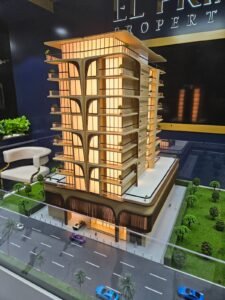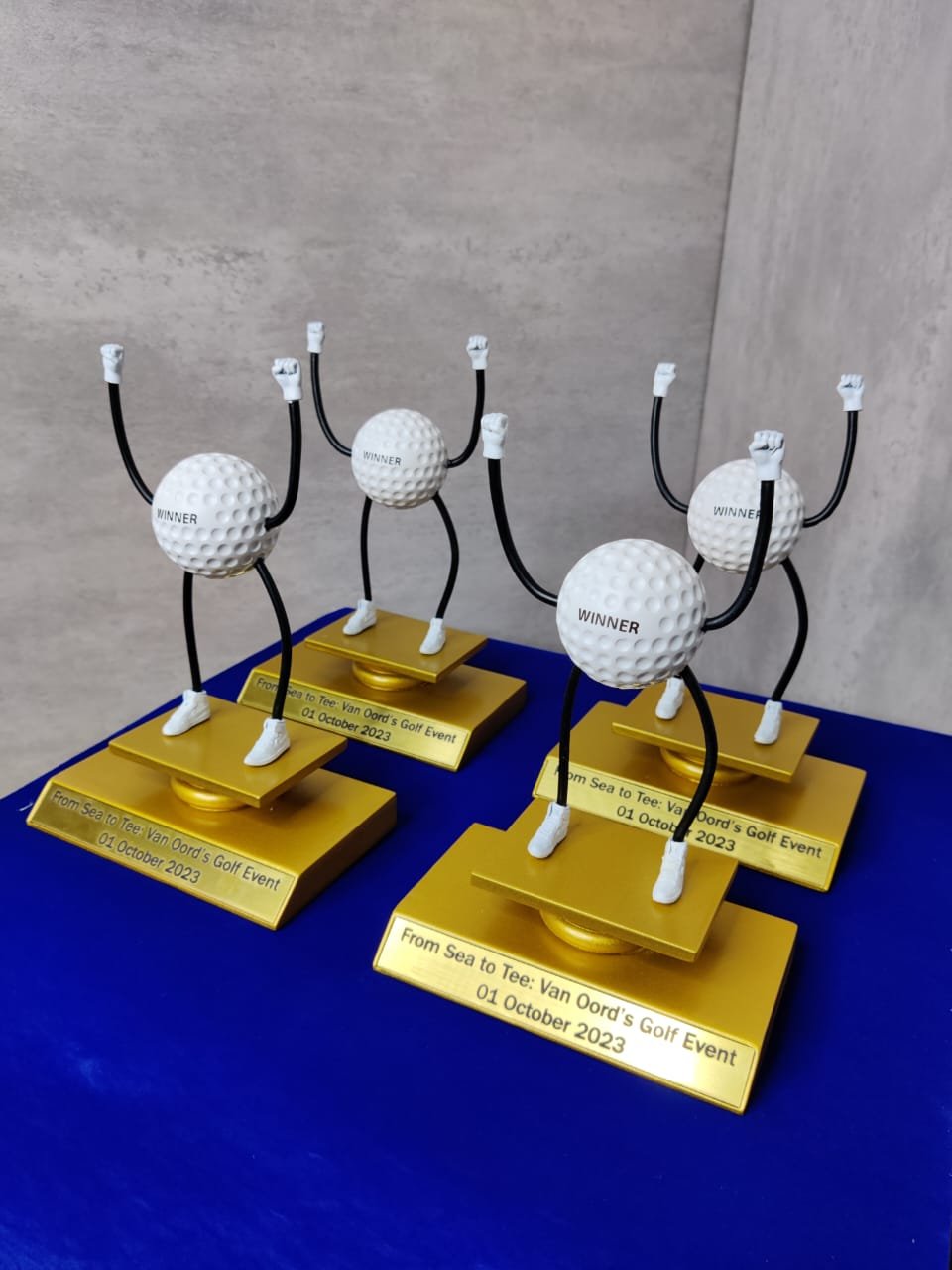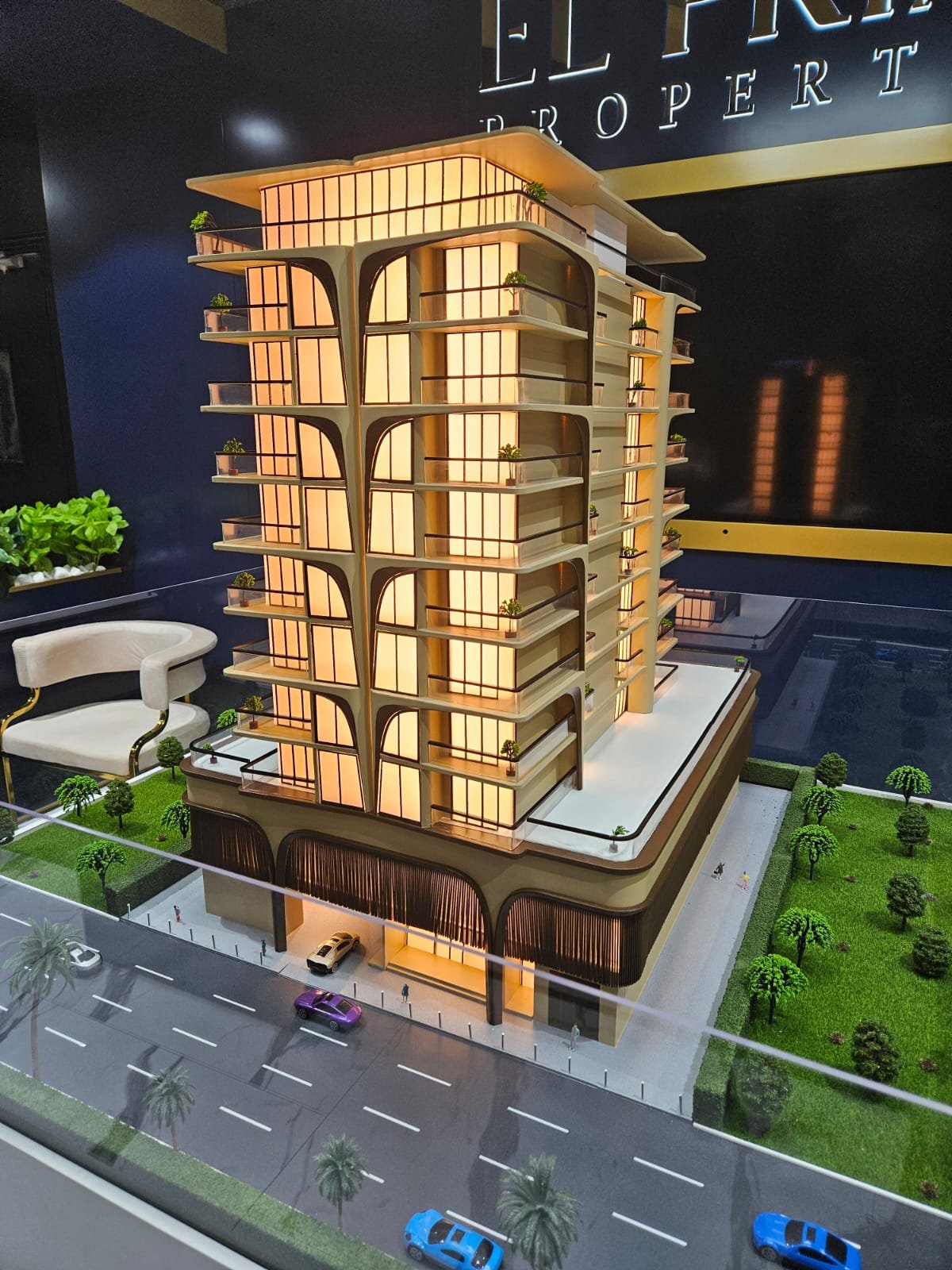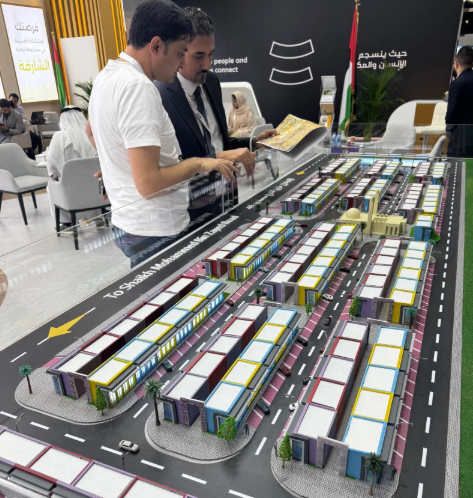The Rise of 3D Printing in Dubai: Transforming the Construction and Design Industry
Dubai has always been at the forefront of embracing innovative technologies, from futuristic skyscrapers to smart city initiatives. Among these innovations, 3D printing Dubai has emerged as a game-changer for the construction and design industry. By enabling faster construction, reducing material waste, and creating intricate designs with precision, 3D printing is reshaping how architects, developers, […]
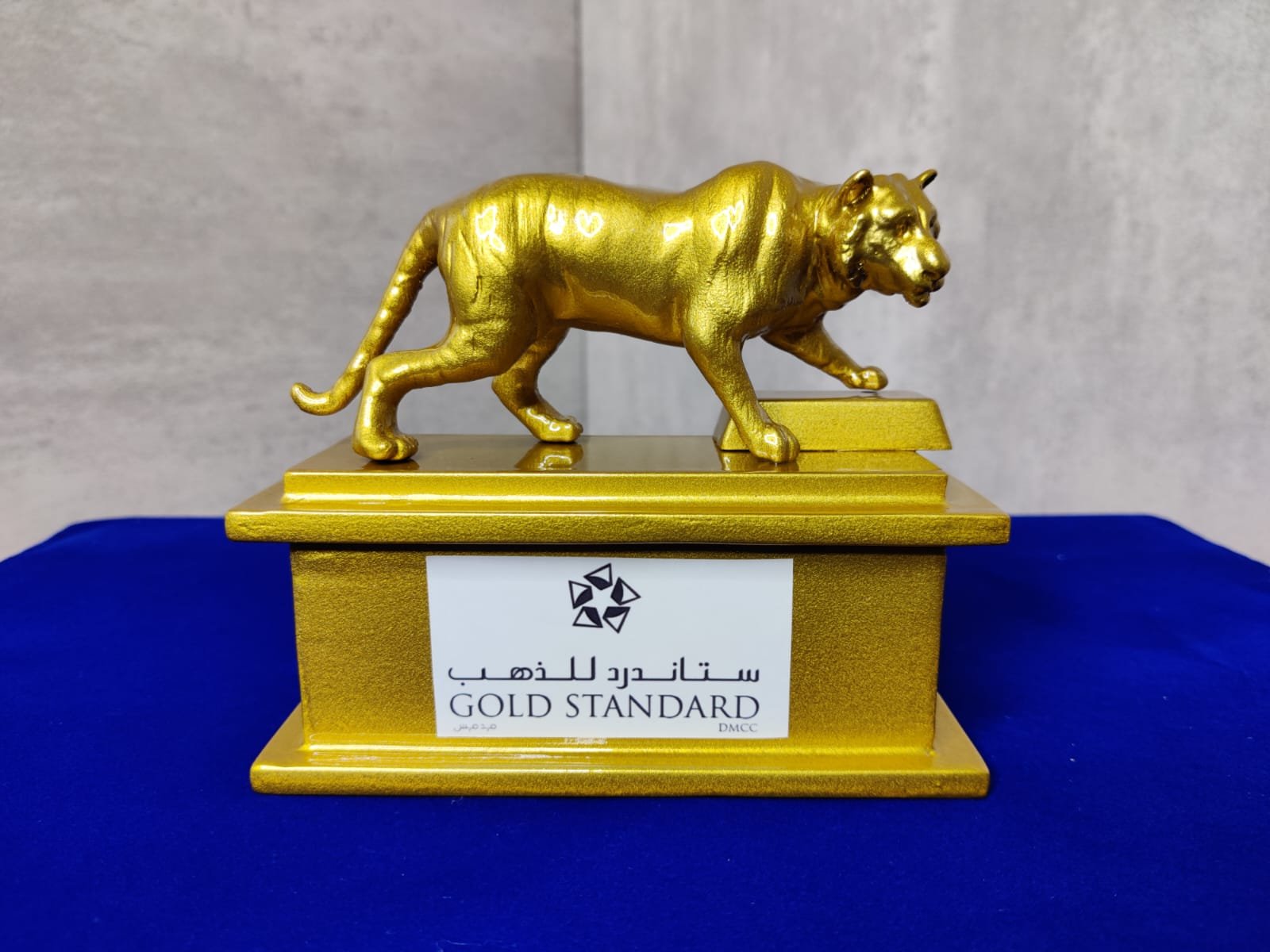
Dubai has always been at the forefront of embracing innovative technologies, from futuristic skyscrapers to smart city initiatives. Among these innovations, 3D printing Dubai has emerged as a game-changer for the construction and design industry. By enabling faster construction, reducing material waste, and creating intricate designs with precision, 3D printing is reshaping how architects, developers, and designers approach modern projects.
In this article, we explore how 3D printing Dubai is transforming the industry, its practical applications, challenges, and the future trends shaping this revolutionary technology.
What is 3D Printing and How It Works
3D printing, also known as additive manufacturing, is a process of creating three-dimensional objects layer by layer from digital models. Unlike traditional manufacturing methods, which often involve cutting or molding materials, 3D printing builds objects precisely according to the digital blueprint, reducing errors and material wastage.
In Dubai, this technology is being integrated into construction and design workflows, allowing for rapid prototyping, architectural modeling, and even the construction of entire building components.
Why Dubai is Embracing 3D Printing
Dubai’s construction and real estate sectors are booming, with ambitious projects like the Burj Khalifa, Dubai Creek Tower, and luxury residential complexes. To meet the demand for innovative, sustainable, and cost-effective construction solutions, 3D printing Dubai has become a strategic tool.
Some reasons Dubai is adopting 3D printing technology include:
- Rapid Construction: Projects that used to take months can now be completed faster with 3D printing.
- Cost Efficiency: Reduced labor and material wastage lead to lower overall project costs.
- Design Flexibility: Complex and intricate designs can be produced with high precision.
- Sustainability: 3D printing uses fewer raw materials and generates less construction waste.
Applications of 3D Printing in Dubai’s Construction Industry
1. Architectural Modeling
Architects use 3D printing to create highly detailed scale models of their projects. These models help clients visualize the final design, understand spatial relationships, and make informed decisions.
2. Construction Components
From walls and structural panels to facades, 3D printing allows construction companies to produce building components with precision and efficiency. Dubai has already seen examples of 3D-printed office buildings and residential structures, showcasing the potential for large-scale applications.
3. Interior Design and Custom Furnishing
Designers are leveraging 3D printing Dubai to create customized furniture, lighting fixtures, and decorative elements. This allows for unique, tailor-made designs that were previously difficult or expensive to produce.
4. Urban Planning and Prototyping
City planners and developers use 3D printing for urban modeling, enabling realistic visualization of proposed developments and infrastructure projects. This facilitates better decision-making and stakeholder approvals.
Benefits of 3D Printing for Architects and Developers
3D printing Dubai offers several advantages that are revolutionizing the construction and design industry:
- Enhanced Precision and Accuracy – Digital modeling ensures every layer and component is accurately produced, minimizing human error.
- Faster Project Completion – Rapid production of prototypes, components, and structures accelerates construction timelines.
- Cost Savings – Efficient material usage and reduced labor costs contribute to lower overall project expenses.
- Design Freedom – Architects can experiment with complex geometries and intricate details that traditional construction methods cannot achieve.
- Sustainability – 3D printing reduces material wastage, energy consumption, and environmental impact.
Challenges of 3D Printing in Dubai
While the benefits are significant, adopting 3D printing Dubai also comes with challenges:
- High Initial Investment: Advanced 3D printing equipment can be expensive to acquire.
- Limited Material Options: Not all construction materials are suitable for 3D printing yet.
- Regulatory and Code Compliance: Ensuring printed structures meet building codes and safety standards is crucial.
- Technical Expertise: Skilled operators and designers are required to handle complex 3D printing systems.
Despite these challenges, Dubai’s proactive approach to technology adoption and smart city initiatives is helping overcome these hurdles quickly.
Actionable Tips for Integrating 3D Printing in Construction Projects
- Start with Prototyping: Use 3D printing for scale models and prototypes before full-scale implementation.
- Collaborate with Experts: Partner with experienced 3D printing Dubai companies for design guidance and technical support.
- Invest in Training: Equip your team with the necessary skills to operate 3D printing technologies effectively.
- Select the Right Materials: Choose appropriate printing materials based on durability, sustainability, and project requirements.
- Stay Updated on Regulations: Ensure all printed structures comply with local building codes and safety regulations.
The Future of 3D Printing in Dubai
Dubai is expected to continue expanding the use of 3D printing in construction and design. Future trends include:
- Large-Scale 3D-Printed Buildings: Entire residential complexes and commercial structures may be printed on-site.
- Advanced Materials: Development of stronger, lighter, and sustainable printing materials.
- Integration with Smart Technologies: 3D printing combined with AI and IoT for smart, automated construction processes.
- Sustainable Urban Development: 3D printing will contribute to eco-friendly and resource-efficient construction practices.
As the technology evolves, 3D printing Dubai will likely become a standard practice for innovative and efficient construction solutions.
Conclusion: Transforming the Construction Landscape
The rise of 3D printing Dubai is revolutionizing the construction and design industry by offering speed, precision, sustainability, and design flexibility. Architects, developers, and designers now have the tools to bring ambitious projects to life faster and more efficiently than ever before.
By integrating 3D printing into their workflows, stakeholders in Dubai can not only save costs and reduce environmental impact but also deliver aesthetically innovative and structurally sound buildings that set new benchmarks in the construction industry.
FAQ: 3D Printing Dubai
Q1: What is 3D printing, and how is it used in construction?
A: 3D printing, or additive manufacturing, builds objects layer by layer from digital models. In construction, it is used for prototypes, building components, and even entire structures.
Q2: Why is Dubai adopting 3D printing in construction?
A: Dubai aims for faster construction, cost efficiency, design innovation, and sustainability, making 3D printing an ideal technology.
Q3: Can 3D printing be used for large buildings?
A: Yes. Dubai has already experimented with 3D-printed offices, residential units, and structural components.
Q4: What are the benefits for architects and developers?
A: Benefits include faster project timelines, cost savings, design flexibility, precision, and sustainable construction practices.
Q5: What challenges exist for 3D printing in Dubai?
A: Challenges include high initial investment, limited material options, regulatory compliance, and the need for technical expertise.
Leave a reply
Comments are closed.
Categories
Recent Post
Level up your Marketing
Boost your project's impact with scaled models for superior marketing and presentation




